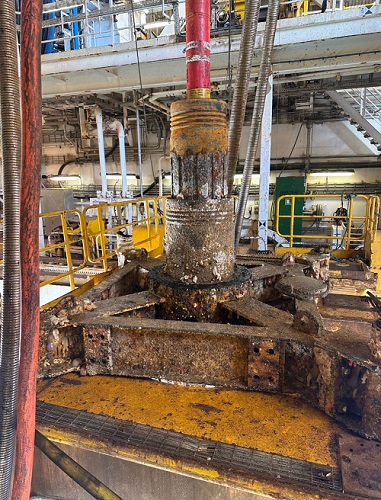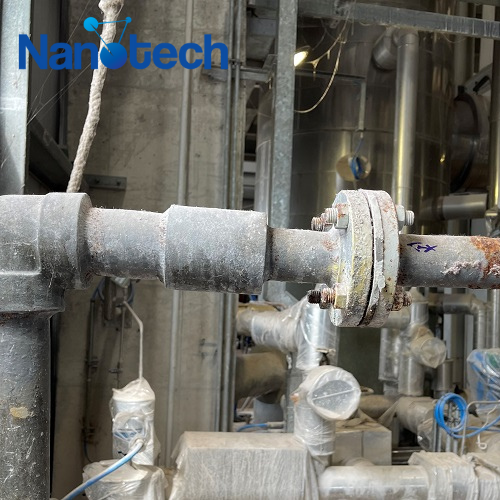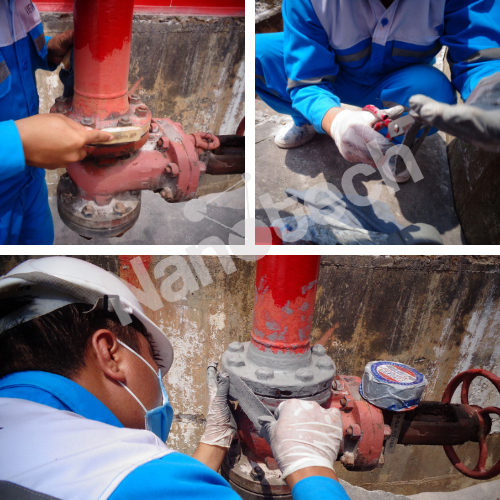Corrosion is the gradual destruction of materials (usually metals) through a chemical or electrochemical reaction with the environment.
In its most common sense, corrosion means the electrochemical oxidation of metals in reaction with oxidizing agents such as oxygen or sulfate salts. Rust – the formation of iron oxides – is a well-known example of galvanic corrosion. Corrosion can also occur in non-metallic materials, such as ceramics or polymers, but the process is often called “decomposition” or “material deterioration” (instead of corrosion). . Corrosion reduces the useful properties of materials and structures including durability, appearance, and permeability to liquids/gases..
Many alloys corrode simply when exposed to moisture in the air, but the process can be accelerated by exposure to certain substances. Corrosion can occur locally, forming holes or cracks, or it can occur over a larger surface. Because corrosion is a diffusive dynamic process, it occurs on the contact surface. Therefore, methods that reduce the reactivity of the contact surface, such as passivation and chromatization, can increase the corrosion resistance of the material. However, some corrosion mechanisms are more difficult to recognize and predict than usual.
Corrosion is a process with a complex mechanism, but basically, corrosion can be understood as an oxidation-reduction phenomenon. At a point on the metal surface, oxidation occurs, the metal atom loses electrons, called oxidation. That oxidized site becomes the anode (anode). Electrons will move from the anode to another location on the metal surface, increasing the number of electrons (reduction process). The position with increased electrons becomes the cathode (cathode).
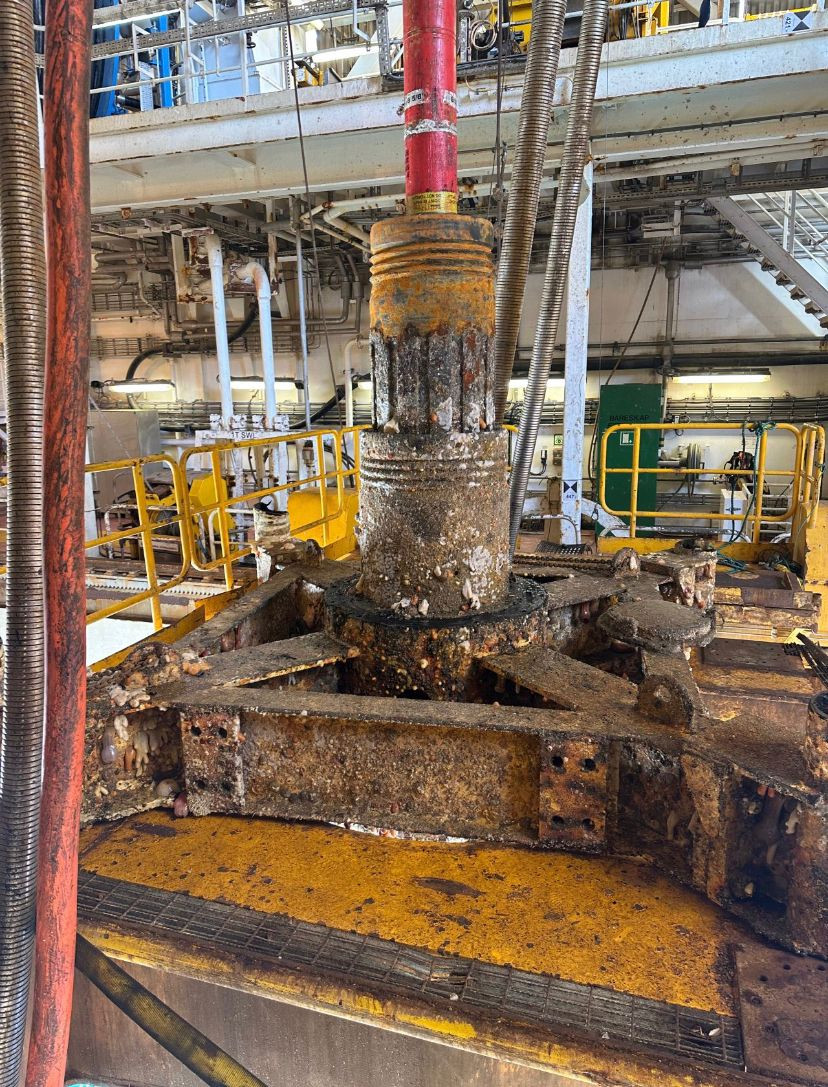
Factors causing corrosion
The specific temperature at which a product corrodes depends on the product type, material type, surrounding environment and exposure time. Each type of product and material has its own corrosion temperature. Here are some important factors:
a. Product Type:
Some products are more resistant to higher or lower temperatures than others. For example, metals like stainless steel can withstand higher temperatures than some other light alloys.
b. Material Type:
The physical and chemical properties of the material will determine the corrosion temperature. For example, stainless steel is often better at resisting corrosion than regular carbon steel.
c. Corrosive environment:
The type of liquid or gas to which the product is exposed is also important. A strongly acidic or strongly alkaline environment can cause corrosion more quickly than a neutral environment.
d. Exposure time:
The duration of exposure to corrosive environments is also important. Even at low temperatures, the product may corrode if exposed continuously for long periods of time.
e. Pressure:
Pressure can also affect corrosion, especially in piping systems or pressure equipment.
Therefore, the specific temperature at which a product corrodes will depend on all of these factors. To determine the corrosion temperature, it is necessary to perform tests or use data from a reference source or specific product manufacturer. Note that understanding corrosion temperatures is important for product protection and safety in applications where there is a risk of corrosion. Mở trong Google Dịch • Phản hồi
Product working temperature
The working temperature of a product depends on the product type and its specific application. Every product has a temperature range within which it can operate safely and effectively. Below are some examples of working temperatures for specific product types:
- Computers and electronics: Working temperatures are typically between 0°C and 40°C, however, many electronic devices can operate in a wider temperature range, such as -20°C to 60°C. °C.
- Industrial engines and machinery: The working temperature of industrial engines and machinery often depends on the type of engine and specific application. It can range from -40°C to 100°C or higher depending on requirements.
- Food and pharmaceuticals: The working temperature of products in the food and pharmaceutical industry can be very low, for example between -20°C and 4°C for fresh food storage.
- Special chemicals and materials: Some special chemicals and materials have very high or low working temperatures, such as physical compounds that can withstand temperatures up to thousands of degrees Celsius or materials Thermal insulation can operate at extremely low temperatures.
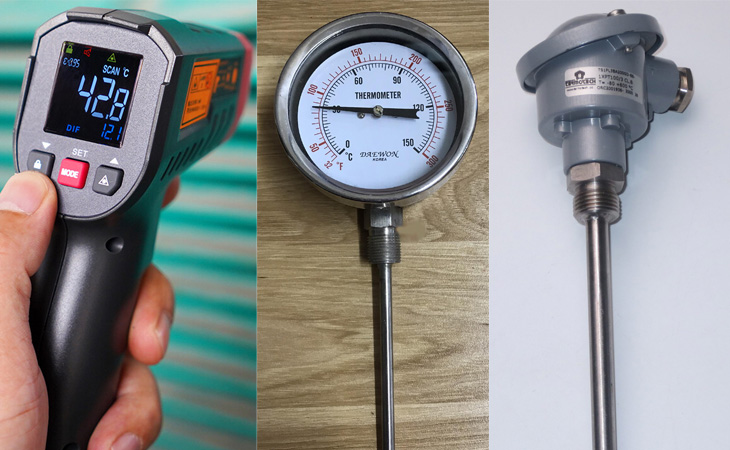
From left to right are industrial temperature guns, industrial temperature meters and industrial temperature sensors.
The working temperature needs to be carefully determined to ensure that the product operates properly and safely in the specific environment. Typically, this operating temperature parameter will be provided by the manufacturer or defined in industry standards or instructions related to that product.
Reference article:
NANOTECH VIETNAM JOINT STOCK COMPANY
Address: No. 1747 Vo Nguyen Giap, Ward 12, Vung Tau City, Ba Ria – Vung Tau Province, Vietnam
Phone: 0254.3515.786 – 0778.828.879
Email: info@nanotechvietnam.com

